In this final blog in the series, I will
mention briefly a few thoughts on the most demanding aspects of photography,
namely composition and the development of your own, personal vision and style.
7. An eye for an eye
If you accept that photography is an important
medium of visual communication for your thoughts, feelings and intentions, you
will acquire and advance your own unique style. This is inevitable since so
much of your own being will shape your way of seeing and the images that you
think are worthwhile capturing. While your own distinctive approach to your
chosen subject(s) will evolve (and consequently your own style too), the first
hurdle that needs to be vaulted is the development of your photographic vision.
In order to acquire, elaborate, and hone your
personal vision, you need to be an active photographer all of the time. Much
work can be done even though opportunities for taking photographs are absent.
Careful composition is the key to any image that carries punch. Mastering
composition requires constant practice. Even though you spend much more time
away from your equipment than you do peering through the viewfinder, you still
need to carry on looking, envisioning, imagining, and practising composition,
whether you are engaged in taking photographs or not.
No matter where you find yourself at any one
moment, no matter what you are busy doing at any one time, be mindful of visual
elements (line, shape, texture, pattern, rhythm) in your environment at all
times. Pore over forms and angles; see how they change with changing viewpoint
and changing light conditions. In any scene, consider how different planes (of
depth, tonal value, colour, for example) could interact if you were to frame
only a part of the view. Get to know light and shadow, how they fall and
change. For practice, the subject matter is not important. The rear-view or the
wing mirror of your car can be very engaging while you are on the highway – use
it as a surrogate camera frame to pick and choose compositions that are emerging
there.
Look at and scrutinise images constantly (be
they doodles, sketches, paintings, advertisements, the images of other
photographers and, especially, your own works). How do they affect you? Re-crop them in your imagination. Think
about how changes in composition would affect the impact of the presented images.
What do they express in their original
presentation, what do they say after a new choice of image format? Think
about what you would have done given the same subject and the same conditions
that were faced by the photographer whose image(s) you are perusing. (A caveat
concerning this last point: it is not expedient to express these thoughts in
comments about someone else’s work. These thoughts are for you alone, unless
you are asked to express such an opinion explicitly by the photographer. Always
err on the side of civility, and assume that the photographer intended the
image to look as it does in its presented form. This is an exercise for
yourself and for the honing of your own visual literacy.)
Keep yourself busy incessantly, working hard on
your way of seeing and on your own competence at visual literacy – and, above
all, keep on previsualising.
8. Rules? What rules? My vision rules!
It is obvious that some ‘rules’ of composition
are appropriate and work adequately for most average pictures. This is simply an
outcome of our own eyes and the internal visual processing mechanisms in our
brains themselves being prescriptive (for example, only ROYGBIV wavelengths; a
field of vision that adheres roughly to a 3:2 ratio; very shallow depth of
focus balanced by amazing speed of readjustment; average contrast, again
achieved by prompt regulation of the visual mechanisms). The way we see is compelled
by structural and physiological adaptations and constraints of our own
biological apparatus and processes. Given that all of us see the world using our
very similarly restricted visual mechanisms, it is no wonder that we have ended
up with ‘the rule of thirds’, ‘the centre of the image is weak’, ‘red is hot
and aggressive’, etcetera.
These ‘rules’ of composition are only very
rough guidelines that achieve an average impact (at best) on ourselves and on
an audience of our images at best. These ‘rules’ are very much hard-wired into
the machinery and machinations of our visual system. Luckily, our vision is not
governed only by physical and neurophysiological mechanisms. We are all
emotional beings, individuals whose vision depends besides on the emotional
states of our brains, our experiences and our imagination. Our emotions are
capricious, our experiences expansive and our imagination boundless – in its
entirety, our vision gives us access to a far more interesting and sinuous ‘reality’.
Balance or imbalance of the various visual
elements that will make up an effective arrangement and the control of depth of
the final composition remain indispensable in any good image. However, as to
how these effects are achieved remains firmly rooted in personal style and
expression, and in the subject matter itself. One tenet is clear: the greater
the number of visual elements you wish to incorporate in your final selection
(in other words, the more interesting your image promises to be), the more care
you need to take with composition – otherwise, the potential peters out in
clutter.
The most demanding aspect of photography (and
all other visual media) to master is to learn how to use and manipulate the
impact of all the visual elements to achieve communication of your intentions
through your photographs. Undoubtedly, the key lies in ceaseless observation
and practice. Practice makes perfect, so they say; at least it can prevent a
repeat of mistakes made previously.
**********
This series of blogs has raised many more
questions than it has provided answers. Perhaps deliberately so, because, by
providing simple answers, your own unique photographic process – from
imagination, to image, to the audience's imagination – may become severely stilted.
So, whatever you do, do it your way, and let us, the viewers, interact with you
and your images through your own, unique and very special photography.
The romantic vision of a photographer's life
involves endless travel and endless pleasure. My own personal experience is
that photography is physically tiring, emotionally draining, frustrating and a
challenge that requires total dedication and an endless imagination. Like all
human endeavour it is very hard work. Nevertheless, it is work that is oh so,
so, so sweet when the image finally clicks.
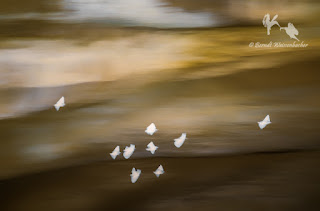
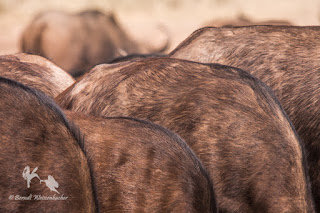
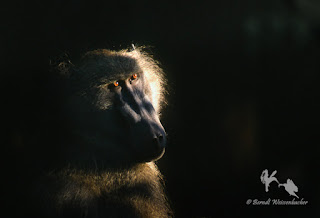
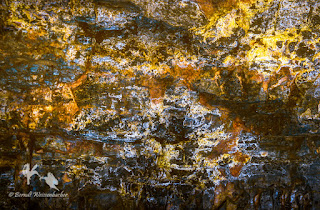


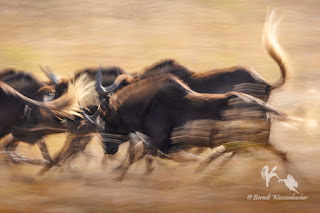
No comments:
Post a Comment